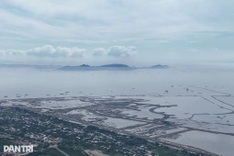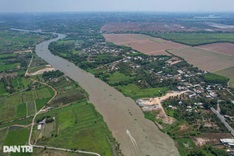It is forecast to move into the East Sea early on November 11, becoming the 14th storm to enter the area this year.
The National Centre for Hydro-Meteorological Forecasting reported that Typhoon Fung-wong is currently active off the eastern coast of the Philippines.
Over the next two to three days, the storm is expected to move west-northwest towards Luzon Island in the Philippines before potentially entering the northeastern East Sea.
Fung-wong is forecast to intensify in the coming hours, with sustained winds of level 14-15 (150-183km/h) when making landfall on Luzon.
It is expected to enter the East Sea early on November 11, becoming the 14th storm in the region this year.
Initial assessments from experts and regional meteorological agencies indicate that Fung-wong is unlikely to make landfall in Vietnam. However, domestic authorities are closely monitoring its developments to provide timely warnings.
Japan Meteorological Agency (JMA) said the strongest winds near the storm’s centre would have reached 112km/h and are likely to strengthen further. JMA forecast that by the night of November 8 and early November 9, Fung-wong could reach super typhoon status with winds of up to 185km/h (level 16) as it approaches Luzon.
After crossing Luzon and entering the East Sea, the storm may track northwards, affecting Taiwan and gradually weakening. By November 11, its maximum sustained winds near the centre are forecast to decrease to around 130km/h (level 12-13).
Hong Kong Observatory estimated the storm’s maximum sustained winds near its centre at around 105km/h (level 11). The agency also forecast that after entering the East Sea, Fung-wong may turn north and is unlikely to directly impact mainland Vietnam.




















